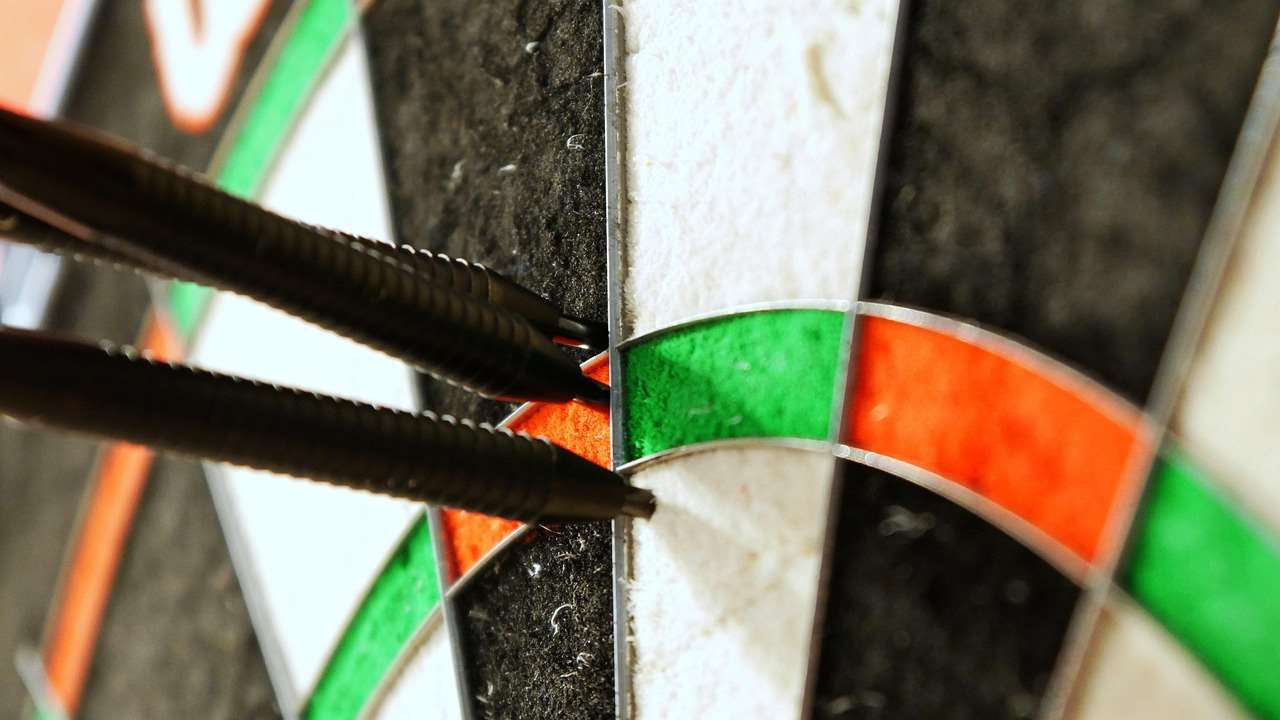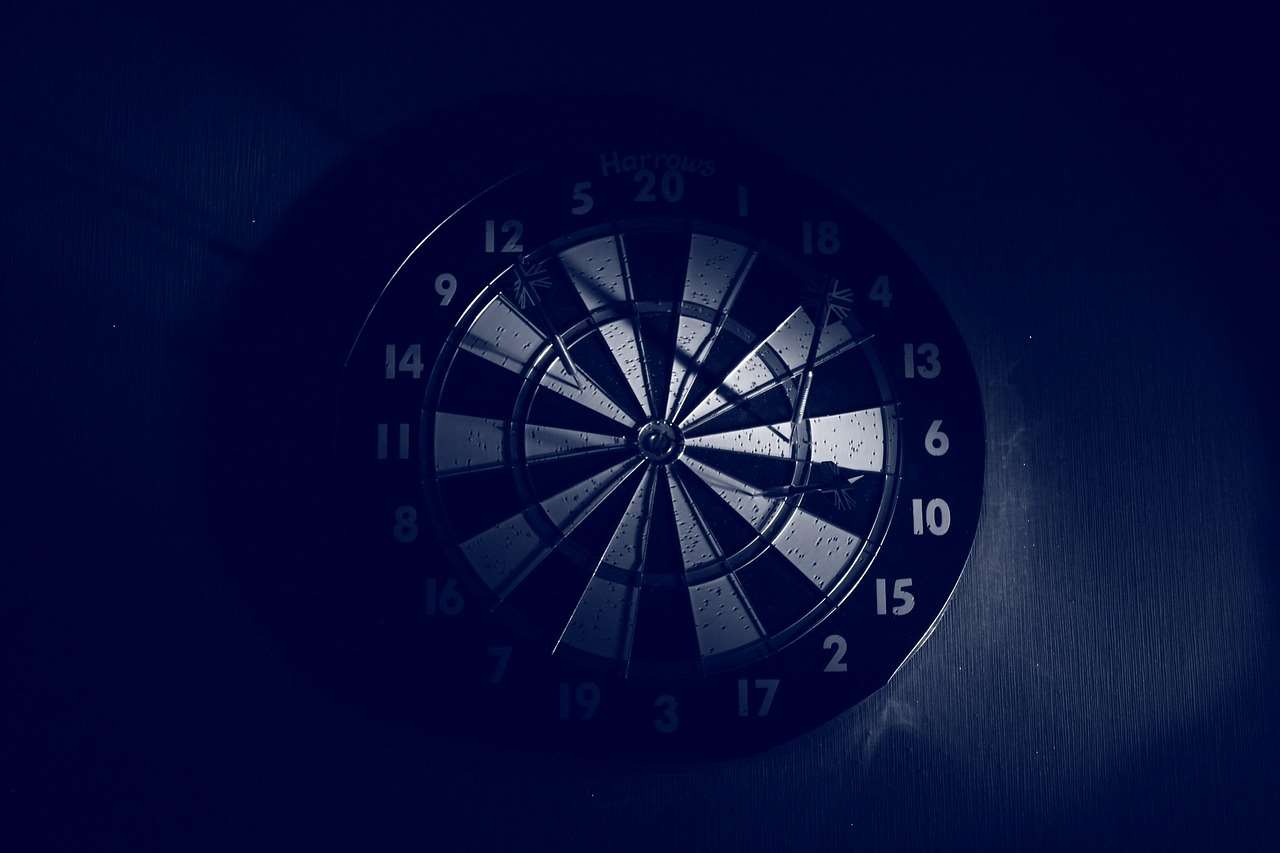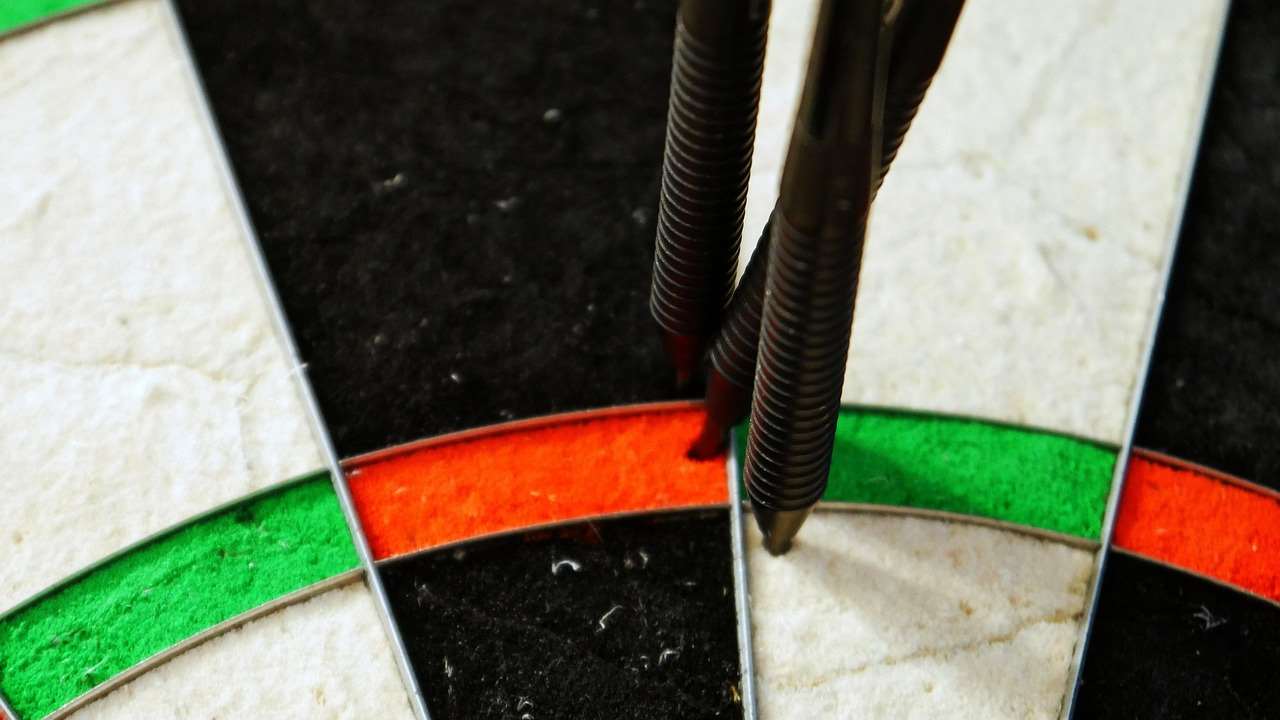Achieving fair representation in darts media is about more than just equal coverage; it’s about accurately reflecting the diversity, skill, and passion within the sport. This article explores the current state of darts media, highlighting areas where representation falls short and offering pathways toward a more inclusive and balanced portrayal.
⚠️ Still Using Pen & Paper (Of een schoolbord)?! ⚠️
Stap in de toekomst! De Dart Teller -app behandelt alle scoren, stelt kassa voor, en volgt uw statistieken automatisch. It's easier than you think!
Probeer de Smart Dart Teller -app gratis!Klaar voor een upgrade? Klik hierboven!
The Current Landscape of Darts Media
The world of professional darts has exploded in popularity in recent years, fueled by captivating personalities, nail-biting matches, and a growing global audience. Consequently, the media landscape surrounding darts has also expanded, encompassing television broadcasts, online streaming, news websites, podcasts, and social media platforms. Echter, the question remains: does this expanded media coverage offer a true and fair representation of darts?
While major tournaments like the PDC World Darts Championship and the Premier League receive substantial attention, coverage often focuses on a select group of elite players. This can lead to a lack of exposure for up-and-coming talents, regional players, and those competing in smaller circuits. The narrative often revolves around the same established stars, potentially overlooking compelling stories and emerging trends within the broader darts community.

Areas Where Representation Falls Short
Several key areas highlight the need for improved representation in darts media:
- Gender Inequality: While women are increasingly participating in and excelling at darts, their representation in media coverage remains disproportionately low. Female players often receive less airtime, fewer interviews, and less recognition for their achievements compared to their male counterparts. This disparity perpetuates gender stereotypes and limits opportunities for female players to gain exposure and inspire future generations.
- Regional Bias: Coverage tends to be heavily skewed towards players from dominant regions, such as the UK and the Netherlands. Talented players from other countries may struggle to gain recognition, even if they possess comparable skill levels. This regional bias can hinder the growth of darts in emerging markets and limit the diversity of perspectives within the sport.
- Focus on Established Stars: As mentioned earlier, the media often prioritizes established stars over emerging talents. While it is natural to focus on top-ranked players, neglecting rising stars can stifle the development of the sport and limit opportunities for new faces to break through. More balanced coverage would help to showcase the depth and breadth of talent within the darts community.
- Lack of In-Depth Analysis: Media coverage often emphasizes match results and player statistics, while neglecting more in-depth analysis of playing styles, strategies, and the psychological aspects of the game. This can lead to a superficial understanding of darts and fail to capture the nuances of the sport.
The Importance of Fair Representation Darts Media
Fair representation in darts media is crucial for several reasons. Firstly, it promotes inclusivity and ensures that all players, regardless of gender, nationality, or background, have the opportunity to be recognized for their achievements. Secondly, it fosters the growth of the sport by showcasing the diversity of talent and inspiring new players to get involved. Thirdly, it enhances the overall viewing experience by providing a more comprehensive and nuanced understanding of darts. Finally, you might want to consider attending Ervaring met het bijwonen van live pijlen if you enjoy darts.
By highlighting the stories and achievements of a wider range of players, the media can help to break down stereotypes, challenge biases, and create a more welcoming and inclusive environment for everyone involved in darts. Improved representation can also attract new fans to the sport, broadening its appeal and ensuring its continued growth and popularity.

Strategies for Achieving Fair Representation Darts Media
Achieving fair representation requires a concerted effort from all stakeholders within the darts community, including media outlets, governing bodies, sponsors, and players themselves. Here are some strategies that can help to promote greater inclusivity and balance in media coverage:
- Increased Coverage of Women’s Darts: Media outlets should actively seek out opportunities to cover women’s darts tournaments and feature female players in their articles and broadcasts. This includes providing equal airtime, conducting more interviews, and highlighting the achievements of female players in a prominent manner.
- Spotlighting Regional Talent: Media outlets should make a conscious effort to cover players from diverse regions and countries. This can involve sending reporters to smaller tournaments, conducting interviews with international players, and showcasing the unique challenges and opportunities faced by players from different parts of the world.
- Promoting Emerging Stars: Media outlets should dedicate more coverage to up-and-coming talents and rising stars. This can involve featuring young players in articles, conducting interviews with them, and highlighting their potential to become future champions.
- Encouraging In-Depth Analysis: Media outlets should strive to provide more in-depth analysis of playing styles, strategies, and the psychological aspects of darts. This can involve consulting with experts, analyzing match footage, and providing viewers with a deeper understanding of the game.
- Utilizing Social Media: Spelers, governing bodies, and media outlets should leverage social media to promote greater representation and inclusivity. This can involve using hashtags to highlight women’s darts, sharing stories of players from diverse backgrounds, and engaging with fans in a respectful and inclusive manner.
- Diverse Commentary Teams: Including diverse voices in commentary teams can offer different perspectives and insights, enriching the viewing experience for a broader audience.
The Role of Governing Bodies and Sponsors
Governing bodies such as the PDC (Professional darts corporation) and sponsors also have a crucial role to play in promoting fair representation. They can implement policies to ensure equal opportunities for all players, regardless of gender or nationality. This might involve setting quotas for female participation in tournaments, providing financial support for players from emerging markets, and promoting diversity and inclusion in their marketing campaigns. Exploring the Darts Culture And Community Guide can give you more insight.
Sponsors can also make a significant impact by supporting female players, sponsoring tournaments in emerging markets, and promoting diversity and inclusion in their advertising. By actively promoting these values, governing bodies and sponsors can help to create a more equitable and inclusive environment for everyone involved in darts.

The Future of Darts Media
The future of darts media looks promising, with the potential for even greater inclusivity and representation. As the sport continues to grow in popularity, the media landscape is likely to evolve, with new platforms and formats emerging. This presents an opportunity to create a more diverse and balanced media ecosystem that accurately reflects the richness and complexity of the darts community.
The rise of online streaming and social media has already democratized the media landscape to some extent, allowing players, fans, and independent content creators to bypass traditional media gatekeepers and share their own stories. This trend is likely to continue, empowering individuals and communities to create their own narratives and challenge existing biases.
Verder, advancements in technology are making it easier to collect and analyze data, providing new insights into player performance and audience demographics. This data can be used to inform media coverage and ensure that it is targeted towards the most relevant and engaged audiences.
Embracing Technology for Enhanced Representation
Technology can play a vital role in ensuring fair representation. Bijvoorbeeld, AI-powered tools can analyze media coverage to identify biases and suggest ways to improve representation. Data analytics can reveal viewing patterns and help tailor content to different audience segments. Virtual reality and augmented reality technologies can create immersive experiences that allow fans to engage with the sport in new and exciting ways, potentially showcasing diverse players and perspectives.

The Responsibility of Darts Fans
Uiteindelijk, fair representation in darts media is a shared responsibility. Darts fans can play a crucial role by supporting media outlets that prioritize inclusivity and diversity, engaging with content that showcases a wide range of players, and challenging biased or discriminatory coverage.
By actively seeking out and promoting diverse voices, fans can help to create a demand for more inclusive media coverage. They can also use social media to amplify the voices of marginalized players and hold media outlets accountable for their representation practices. A critical and engaged fanbase is essential for driving positive change in the darts media landscape.
- Support Diverse Content Creators: Follow and engage with content creators who showcase a wide range of players and perspectives.
- Challenge Biased Coverage: Speak out against biased or discriminatory coverage on social media and through direct feedback to media outlets.
- Promote Inclusive Language: Use inclusive language when discussing darts and avoid perpetuating stereotypes or biases.

Conclusie: A More Inclusive Future for Darts
Achieving fair representation darts media is an ongoing process that requires commitment and collaboration from all stakeholders. By increasing coverage of women’s darts, spotlighting regional talent, promoting emerging stars, encouraging in-depth analysis, and utilizing social media effectively, the darts community can create a more inclusive and balanced media landscape. This will not only benefit players from diverse backgrounds but also enhance the overall viewing experience and ensure the continued growth and popularity of the sport.
The responsibility lies with media outlets, governing bodies, sponsors, players, and fans alike to champion diversity and inclusivity in darts. Door samen te werken, we can create a future where everyone has the opportunity to shine and contribute to the rich tapestry of the darts world. Learn what you can What To Expect At Live Darts.
Hoi, Ik ben Dieter, En ik heb Dartcounter gemaakt (Dartcounterapp.com). Mijn motivatie was geen darts -expert - helemaal tegenovergestelde! Toen ik voor het eerst begon te spelen, Ik hield van het spel, maar vond het moeilijk en afleidend om nauwkeurige scores te houden en statistieken te volgen.
Ik dacht dat ik niet de enige kon zijn die hiermee worstelde. Dus, Ik besloot om een oplossing te bouwen: een eenvoudig te gebruiken applicatie die iedereen, Ongeacht hun ervaringsniveau, zou kunnen gebruiken om moeiteloos te scoren.
Mijn doel voor Dartcounter was eenvoudig: Laat de app de nummers afhandelen - het scoren, de gemiddelden, de statistieken, Zelfs checkout suggesties - zodat spelers puur kunnen richten op hun worp en genieten van het spel. Het begon als een manier om het probleem van mijn eigen beginners op te lossen, En ik ben heel blij dat het is uitgegroeid tot een nuttig hulpmiddel voor de bredere darts -community.